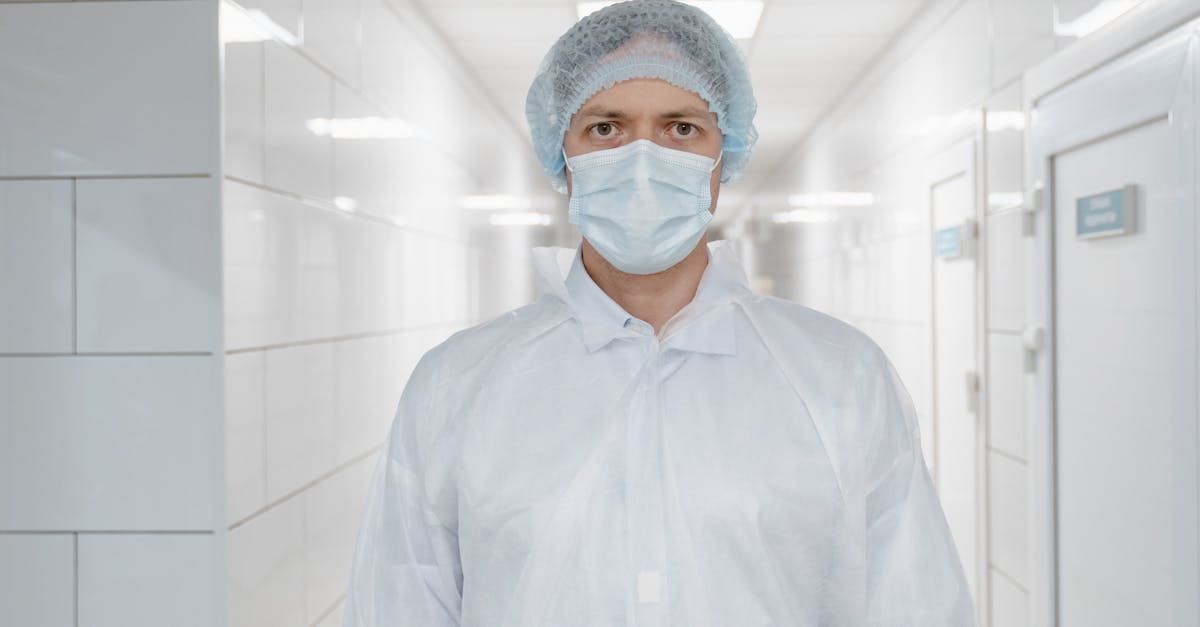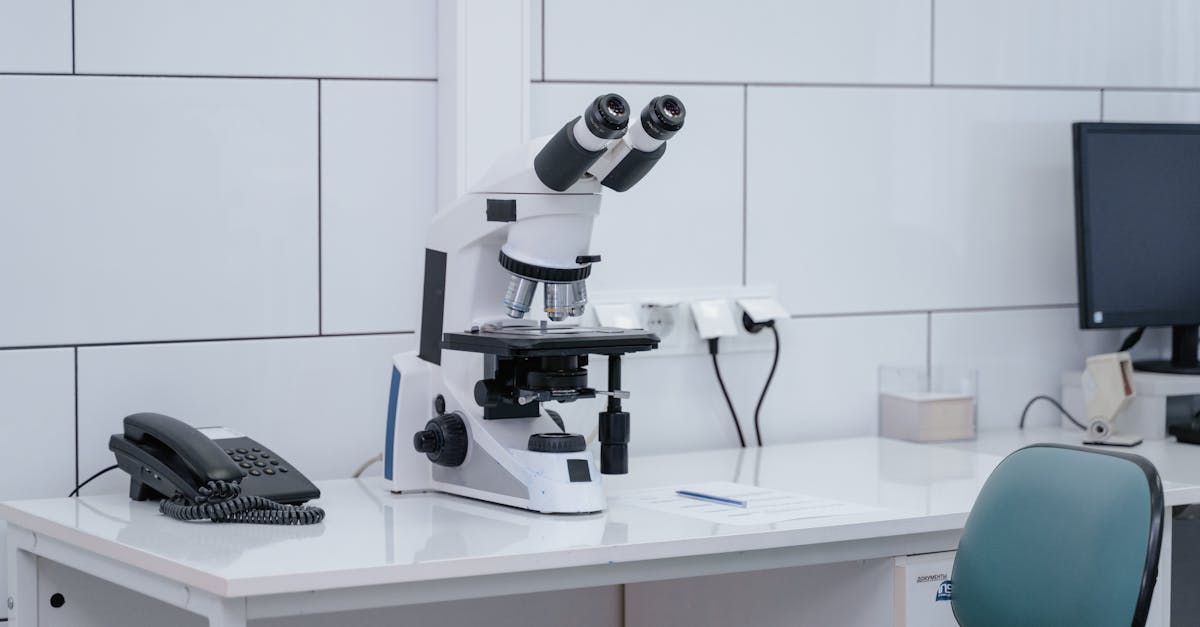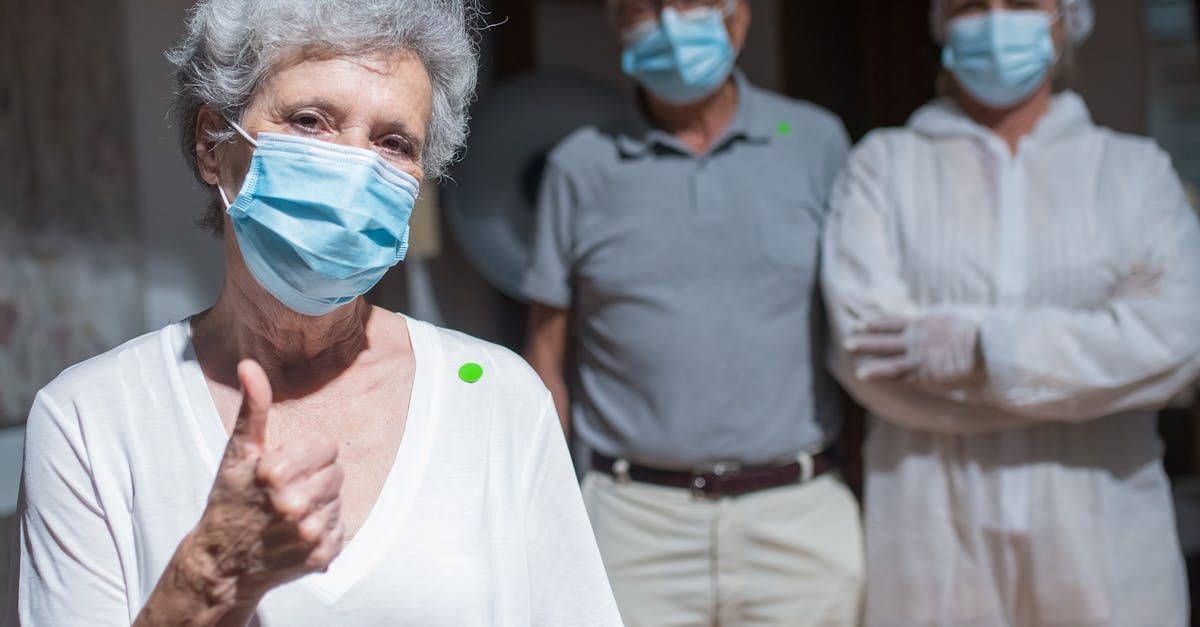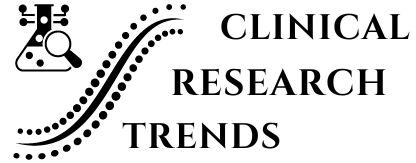The Use of Real-World Evidence in Regulatory Decision-Making
Real-world evidence (RWE) has emerged as a pivotal component in the contemporary healthcare landscape, significantly influencing the development, approval, and monitoring of medical therapies. Unlike data collected in controlled clinical trial settings, RWE is derived from a variety of real-world sources such as electronic health records, insurance claims, patient registries, and digital health tools. This evidence provides a comprehensive view of how therapies perform across diverse and often heterogeneous patient populations in everyday clinical practice, offering invaluable insights that are sometimes missed in the controlled environment of clinical trials.
The importance of RWE in healthcare is multifaceted. Primarily, it enhances clinical understanding by capturing the full spectrum of treatment effectiveness and safety in real-world settings, thereby providing a more realistic view of a therapy's impact on patients. This evidence is crucial in identifying how treatments work among different patient demographics, including those who are often underrepresented in clinical trials, such as the elderly, children, or those with multiple comorbidities. By reflecting real-world usage and outcomes, RWE can lead to improved patient outcomes through more tailored and precise medical interventions.
Regulatory decision-making, particularly by prominent agencies like the U.S. Food and Drug Administration (FDA) and the European Medicines Agency (EMA), has increasingly incorporated RWE into their evaluation processes. These agencies are responsible for ensuring that medical products meet stringent safety, efficacy, and quality standards before they reach the market. The integration of RWE into the regulatory framework allows for more nuanced and comprehensive decision-making. It helps regulators assess the full benefit-risk profile of new therapies, potentially accelerating the approval process for innovative treatments and ensuring that they are accessible to patients who need them.
The Evolution of Real-World Evidence
The traditional gold standard for generating evidence in medicine has been the randomized controlled trial (RCT). RCTs are designed to isolate the effects of a treatment by controlling for various factors that could influence outcomes. This control, while scientifically rigorous, often limits the generalizability of trial findings to broader, more diverse patient populations. In contrast, real-world evidence encompasses data collected outside the controlled environment of clinical trials, providing insights into how treatments perform in the general population.
Sources of RWE are diverse and expanding. They include electronic health records (EHRs), which contain detailed patient information such as diagnoses, treatments, and outcomes; insurance claims data, which can reveal patterns of healthcare utilization and costs; patient registries, which often focus on specific diseases or conditions; and data from digital health devices, which can provide continuous monitoring of patients. The growth in the availability and sophistication of these data sources has been driven by advances in health information technology and data analytics.
The utilization of RWE has grown significantly in recent years, spurred by several key factors. One major driver is the increasing demand for patient-centered care. Patients and healthcare providers alike are seeking more personalized treatment options that are tailored to the specific needs and characteristics of individual patients. RWE can provide the necessary data to support this personalized approach by revealing how different patient subgroups respond to various treatments.
Another driver is the push for cost-effective healthcare solutions. With rising healthcare costs, there is a growing emphasis on identifying treatments that not only are effective but also offer good value for money. RWE can play a critical role in health economic assessments, helping to determine the cost-effectiveness of therapies by providing real-world data on their use and outcomes in routine clinical practice.
Regulatory Frameworks and Guidelines for RWE
Regulatory agencies worldwide have recognized the value of RWE and have begun to integrate it into their decision-making frameworks. The FDA, for example, has developed a comprehensive Real-World Evidence Program, which aims to evaluate the use of RWE in the context of regulatory submissions for drugs and biologics. This program outlines specific scenarios in which RWE can be used, such as to support regulatory decisions for labeling changes, new indications, or post-market safety surveillance. The FDA has also issued guidance documents detailing the standards for data quality, study design, and analysis methods that must be met when using RWE in regulatory submissions.
The European Medicines Agency (EMA) has also embraced the use of RWE. The EMA has provided guidance on how RWE can complement traditional clinical trial data, especially in cases where RCTs are not feasible or where additional evidence is needed to support regulatory decisions. The EMA's guidelines stress the importance of data quality and transparency, ensuring that RWE is collected and analyzed in a manner that meets the high standards required for regulatory use.
Several case studies highlight the successful use of RWE in regulatory approvals. For instance, in the approval of certain cancer therapies, RWE has been used to demonstrate the effectiveness of treatments in broader patient populations than those typically included in clinical trials. These studies have provided critical evidence supporting the use of these therapies in real-world clinical practice, leading to regulatory approvals or expanded indications.
Globally, the use of RWE varies, with different regulatory environments adopting varying approaches to its integration. While agencies like the FDA and EMA are at the forefront, other regions are also increasingly incorporating RWE into their regulatory frameworks. For example, Japan's Pharmaceuticals and Medical Devices Agency (PMDA) has shown interest in using RWE to support regulatory decisions, particularly for post-market surveillance. The adoption of RWE globally reflects a growing recognition of its value in providing a more complete understanding of a therapy's benefits and risks.
Applications of RWE in Regulatory Decision-Making
RWE is being utilized in several key areas of regulatory decision-making, including drug and device approvals, post-market surveillance, and health technology assessments (HTAs). In the context of drug and device approvals, RWE is often used to supplement clinical trial data. This is particularly important in cases where traditional RCTs are not feasible, such as with rare diseases or in emergency situations where rapid data collection is crucial. For example, RWE can be used to provide evidence on the use of a drug in patient populations that are not well-represented in clinical trials, such as the elderly or those with comorbidities. This additional evidence can support regulatory decisions to approve new indications or expand the use of existing therapies.
Post-market surveillance is another critical area where RWE plays a vital role. Once a drug or device is approved and enters the market, ongoing monitoring is essential to ensure continued safety and efficacy. RWE can help identify rare or long-term adverse events that may not have been detected during clinical trials due to their limited size and duration. For instance, the monitoring of adverse events through patient registries and other real-world data sources can provide regulators with the necessary information to make informed decisions about the safety of a product, potentially leading to actions such as label changes, restricted use, or, in some cases, withdrawal from the market.
Health Technology Assessments (HTAs) are another area where RWE is increasingly influential. HTAs evaluate the value of medical technologies, including drugs and devices, by considering their clinical effectiveness, cost-effectiveness, and broader impact on health and social care systems. RWE provides valuable inputs for these assessments by offering real-world data on the use and outcomes of therapies in everyday clinical practice. This information is crucial for making informed decisions about which treatments should be reimbursed or covered by healthcare systems, thus influencing the accessibility of new and existing therapies to patients.
Benefits and Challenges of Using RWE
The integration of RWE into regulatory decision-making offers several significant benefits. One of the most notable is the potential to accelerate access to new therapies. Traditional clinical trials can be time-consuming and costly, often delaying the availability of new treatments to patients. RWE can complement these trials by providing additional data on the safety and effectiveness of therapies in real-world settings, potentially expediting the regulatory approval process. This is particularly important in areas of unmet medical need, where timely access to new treatments can have a substantial impact on patient outcomes.
Another key benefit of RWE is its ability to provide insights into the effectiveness of treatments across diverse patient populations. Clinical trials often have strict inclusion and exclusion criteria, which can limit the generalizability of their findings. In contrast, RWE encompasses a broader range of patients, including those with multiple comorbidities, different age groups, and various socioeconomic backgrounds. This diversity is crucial for understanding how treatments perform in the general population and for identifying patient subgroups that may benefit more or less from specific therapies. By providing a more comprehensive picture of treatment effectiveness and safety, RWE supports the development of more personalized and equitable healthcare interventions.
However, the use of RWE also presents several challenges. One of the primary concerns is data quality and standardization. Unlike clinical trial data, which is collected under controlled conditions with predefined protocols, real-world data can be inconsistent and subject to various biases. For example, data from electronic health records may be incomplete or contain errors, while insurance claims data may lack detailed clinical information. Ensuring that RWE meets the high standards required for regulatory decision-making necessitates rigorous methodologies for data collection, validation, and analysis. This includes developing standardized approaches to data cleaning, addressing missing data, and controlling for confounding factors.
Privacy concerns are another critical issue associated with the use of RWE. The collection and use of real-world data, particularly from sources like electronic health records, raise concerns about patient confidentiality and data security. Protecting patient privacy is paramount, and regulatory agencies, data custodians, and other stakeholders must work together to establish frameworks that ensure the secure handling of personal health information. This includes implementing robust data protection measures, obtaining informed consent from patients, and adhering to relevant privacy laws and regulations.
Regulatory acceptance of RWE is also a challenge. While there is growing recognition of its value, integrating RWE into regulatory processes requires changes in how evidence is evaluated and used. Regulatory agencies must develop new methodologies for assessing the quality and reliability of RWE, establish standards for its use in different regulatory contexts, and ensure that their staff are adequately trained to interpret and evaluate this type of evidence. Moreover, there is a need for ongoing dialogue and collaboration between regulators, industry, academia, and other stakeholders to address these challenges and to develop best practices for the use of RWE in regulatory decision-making.
Future Directions and Innovations in RWE
The future of RWE is promising, with several exciting developments and innovations on the horizon. One of the most significant areas of advancement is the use of advanced analytics and artificial intelligence (AI). These technologies have the potential to transform the analysis of real-world data by enabling more sophisticated and accurate assessments of treatment effectiveness and safety. For example, AI and machine learning algorithms can be used to analyze large datasets from electronic health records, identifying patterns and trends that may not be apparent through traditional analytical methods. This can help to uncover new insights into how different patient subgroups respond to treatments, supporting the development of more personalized and effective therapies.
Another promising area is the increasing collaboration between different stakeholders in the healthcare ecosystem. Partnerships between regulatory agencies, healthcare providers, pharmaceutical companies, and patient organizations are essential for the successful collection and use of high-quality real-world data. These collaborations can help to standardize data collection methods, develop best practices for data analysis, and ensure that the use of RWE is aligned with patient needs and regulatory requirements. Moreover, collaborative efforts can facilitate the sharing of data and knowledge, promoting innovation and accelerating the development of new treatments.
Emerging data sources are also set to play a crucial role in the future of RWE. Wearable devices, mobile health applications, and social media platforms are generating vast amounts of health-related data that can provide valuable insights into patient behaviors, treatment adherence, and health outcomes. For example, data from wearable devices can offer continuous monitoring of patients, providing real-time information on vital signs, physical activity, and other health indicators. Similarly, patient-reported outcomes collected through mobile health apps can provide valuable information on the patient experience, including symptoms, quality of life, and treatment satisfaction. However, harnessing these new data sources requires the development of new methodologies and approaches to ensure their accuracy, reliability, and relevance for regulatory decision-making.
In addition to these technological and methodological advancements, there is a growing recognition of the need for regulatory frameworks that support the use of RWE. Regulatory agencies are increasingly providing guidance and clarifications on how RWE can be used in different regulatory contexts, including for drug approvals, post-market surveillance, and health technology assessments. This includes establishing standards for data quality, developing methodologies for data analysis, and ensuring that RWE is used in a transparent and accountable manner. As regulatory frameworks continue to evolve, they are likely to provide greater clarity and confidence for stakeholders, encouraging the broader adoption of RWE in the regulatory process.
Notable Labs: Pioneering the Use of Real-World Evidence in Regulatory Decision-Making
Notable Labs is at the forefront of integrating real-world evidence (RWE) into the regulatory decision-making process, a critical shift in modern healthcare. Unlike traditional clinical trials, RWE encompasses data from real-world sources such as electronic health records, insurance claims, patient registries, and digital health tools. This approach provides a holistic view of how therapies perform across diverse patient populations, offering insights into treatment effectiveness and safety that are often missed in controlled trial settings.
The importance of RWE in healthcare cannot be overstated. It enhances clinical understanding by presenting a full spectrum of treatment outcomes in real-world settings, thus providing a more accurate depiction of a therapy's impact. This is crucial for understanding how treatments work across different demographics, including those underrepresented in clinical trials, such as the elderly, children, or individuals with multiple comorbidities. By reflecting real-world usage and outcomes, RWE supports the development of more tailored and precise medical interventions, ultimately leading to improved patient outcomes.
Regulatory bodies like the U.S. Food and Drug Administration (FDA) and the European Medicines Agency (EMA) have increasingly recognized the value of RWE in their evaluation processes. These agencies are incorporating RWE to ensure that medical products meet stringent safety, efficacy, and quality standards. This integration allows for more nuanced decision-making, helping regulators assess the full benefit-risk profile of new therapies, potentially accelerating their approval and ensuring they are accessible to patients in need.
Notable Labs leverages the power of RWE to support the development and monitoring of medical therapies, enhancing the regulatory process's efficiency and effectiveness. By employing advanced analytics and fostering collaboration across the healthcare ecosystem, Notable Labs is helping to set new standards in the use of real-world data for regulatory purposes. This not only speeds up the approval process for innovative treatments but also ensures a broader understanding of their impact, supporting the delivery of more personalized and effective healthcare solutions.
Conclusion
In conclusion, real-world evidence is playing an increasingly important role in regulatory decision-making. By providing a more comprehensive view of treatment effectiveness and safety, RWE offers valuable insights that complement traditional clinical trial data. Regulatory agencies like the FDA and EMA have recognized the value of RWE and are developing frameworks and guidelines to integrate it into their decision-making processes. This includes using RWE to support drug and device approvals, post-market surveillance, and health technology assessments.
The use of RWE offers numerous benefits, including faster access to therapies, a better understanding of treatment effects across diverse patient populations, and more informed regulatory decisions. However, challenges such as data quality, privacy concerns, and regulatory acceptance must be addressed to fully realize the potential of RWE. The future of RWE is promising, with advancements in analytics, collaborative efforts, and new data sources set to enhance its impact on healthcare.
As the healthcare landscape continues to evolve, it is crucial for stakeholders to embrace RWE and work together to maximize its potential. By doing so, we can ensure that regulatory decisions are based on the best available evidence, ultimately improving patient outcomes and advancing public health. The integration of RWE into regulatory decision-making represents a significant step forward in the quest for more personalized, effective, and equitable healthcare. It is an exciting time for RWE, and its role in shaping the future of healthcare is only set to grow.










